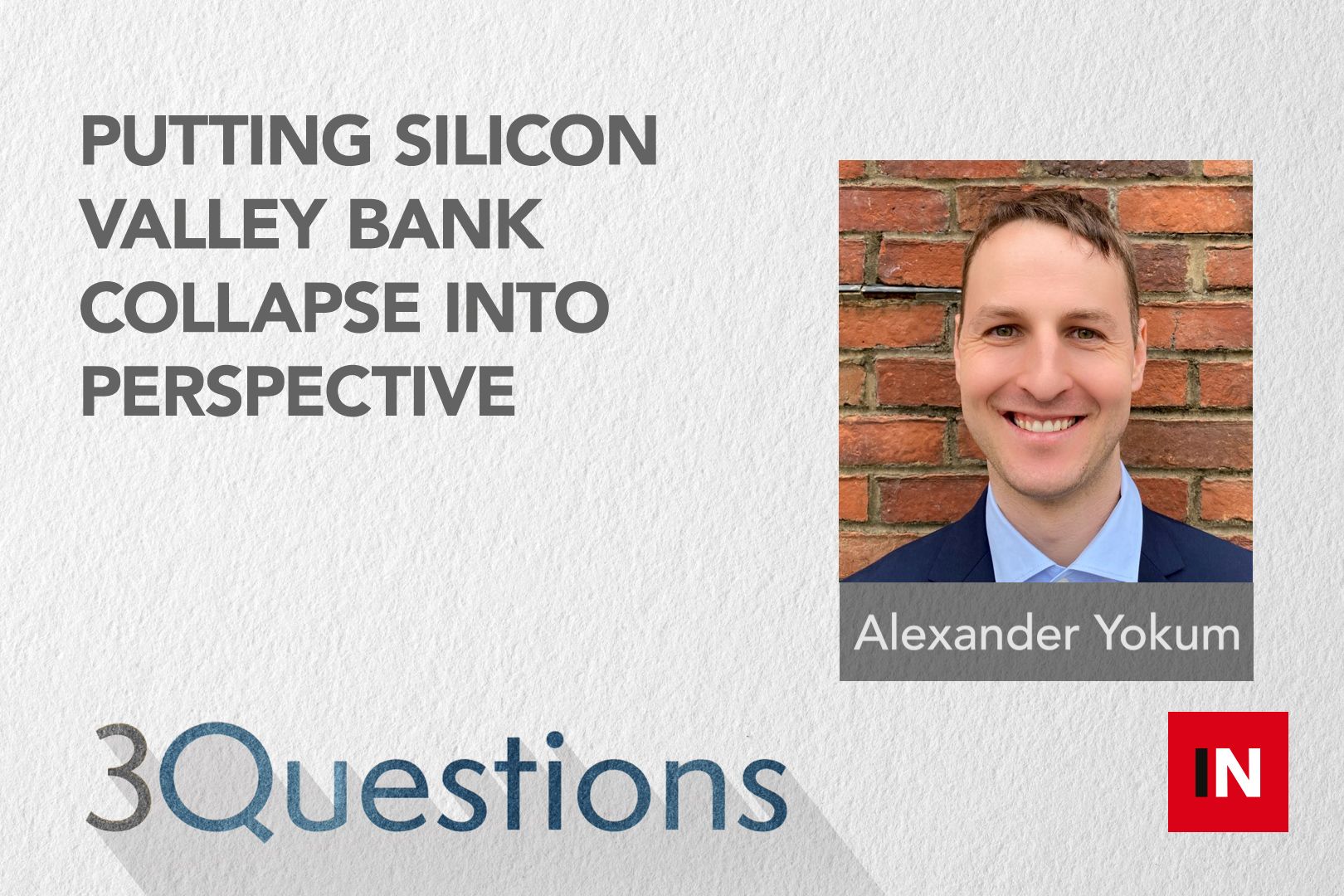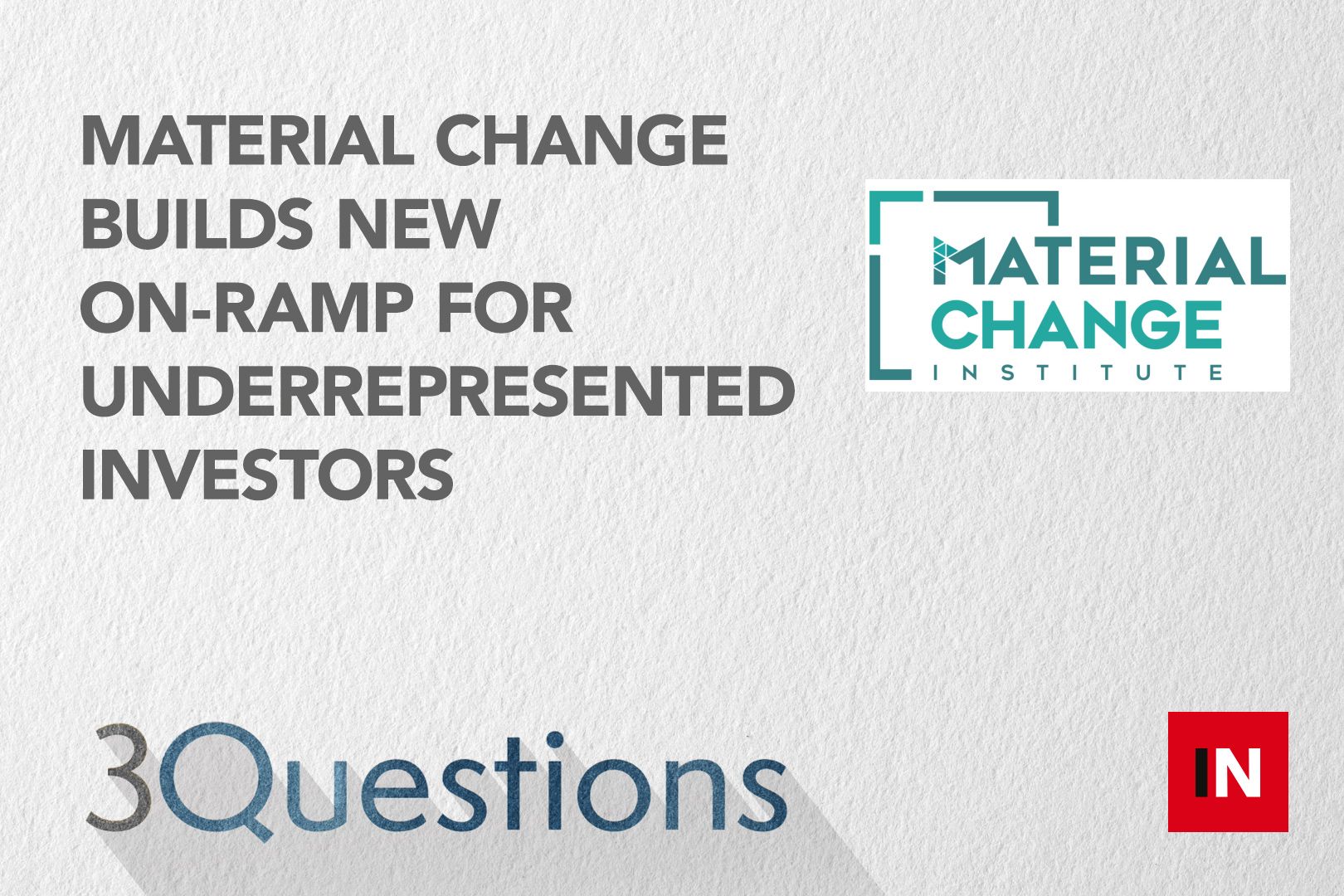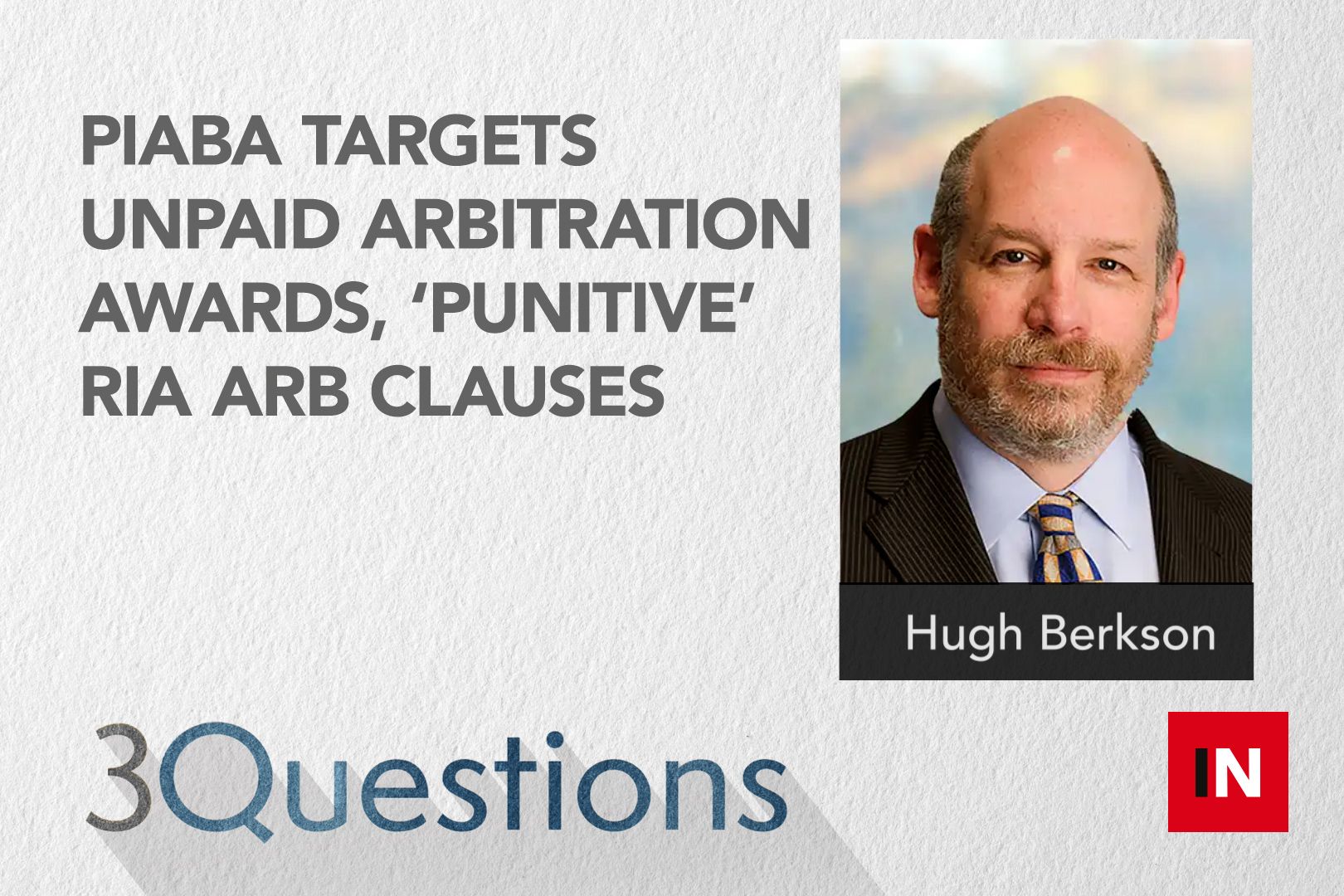Pandemic accelerated investing based on ESG and it’s continuing
Regulation of ESG ratings likely out of Europe and eventually guidelines from the US, too, says Remy Briand, head of ESG for MSCI.
Transcript of video:
Welcome to three questions, I’m Liz Skinner with InvestmentNews, and with me today is Remy Briand, head of ESG for MCI. Thanks for joining us, Remy.
Thank you for the invitation.
So you all recently conducted a survey of about 200 institutional investors. Tell us what the results suggested about how the pandemic has influenced their investing and what trends you’re seeing that might also apply to retail.
Investors were clearly have seen what a pandemic is actually an acceleration of generally the plans to integrate more ESG and climate objectives in the various new investment processes that investors are running. And so what we would expect is that trend to actually accelerate, in particular this year, where there are a lot of climate related events, in particular the COP twenty six conference, which is a very big event. So we would expect that investors will more and more commit to net zero targets. And that’s also something that we would expect, for example, that the providers of wealth solution would also incorporate in their offering. That’s what I call the ESG first approach. So you really build your portfolio with an SDR climate outcome in mind in the first place, not as a second or an afterthought.
In Europe, there are some rumors that regulators are going to start looking at ESG rating agencies. Is that something that you would expect to also happen in the United States?
Credit rating agencies are obviously slightly very different business than an ESG rating. So very different business model where in the years derating space, essentially that the client is, which is the investor, he’s choosing the provider in the context of a credit rating, essentially regulation almost forced the use of the credit rating and the credit rating is being paid by the issuer. So it’s a very different business model. And so the current one for years, the rating itself has less built-In conflict of interest. But still, I think the there will be most likely some form of regulation in Europe with regards to the rating businesses. And if that follows the emergence of a set of best practices for people who are doing years you’re rating. We think it would be a good thing because today, if you want, anybody can set up a small shop and state that they will be doing rating. And there are lots of differences between, for example, what we do and what, you know, a different entity would do so. So we think that it would be a good thing to establish best practice in particular in terms of what you’re trying to solve and also some element of highlighting the track record or the ability to actually anticipate, you know, ESG events, which is at the end of the day, what you want from your rating.
Some advisers are afraid to kind of dip their toe into ESG investing because they worry about them not being able to know enough about the investments. And they are afraid that they will identify investments that are kind of green in name only, something we call greenwashing. What kind of tools does MSCI have that could help advisors prevent this?
So I think the risk clearly is a real risk.
Greenwashing exists, so we should not sort of be blind to to that. And so to a large extent, the first step in my mind in terms of checking or trying to avoid the greenwashing parties is is obviously you need to look at the general communication about what the investment Edgemont house on, on the ESG, on climate. But what is more important is to actually check the numbers on the funds. And the first ECAC test is that if you find absolutely zero information on climate, on the on the funds that are being managed by a company, that’s to me the red flag is that there is no and even an attempt to prove that, you know, your investment process with regards to your plan, that leads to some specific outcomes. So the first thing is to actually check that for each fund you’re interested in, in selecting or buying, that you actually get some characteristic unused. Could be an overall rating, it could be the carbon emission compared to their benchmark, so easy to fund has to fund lower carbon emission than than its benchmark. So they are simple and readily available metrics, if you want, that can be provided. I think that’s the first step. Now, specifically, no, MCI is clearly providing a lot of data to the platform that sells the advisors. So a lot of the actual tools that exist would be fed by those data that moggach from MCI. But we also have on our website actually free resources, where an advisor or anybody can actually check on the rating of individual companies. Also, we have more than thirty thousand funds for which we provide an easy rating as well. And then we also provide very similar information at index level. So if you’re constructing a portfolio and you want to understand the characteristics of an emerging market index, for example, you can also go and see those characteristics online on our Web site.
And Remy that’s great. That will be practical information for advisors to really learn more about access to funds. Thank you for joining us.
Thank you very much, Elizabeth.



